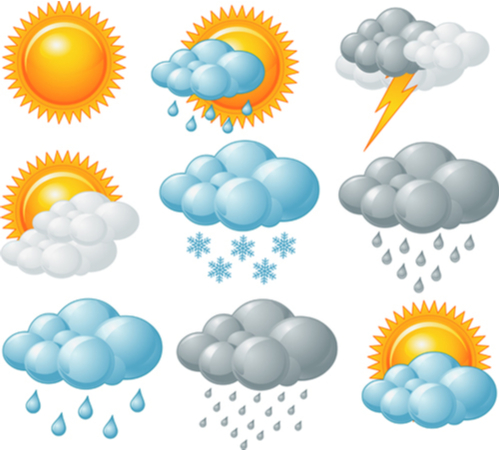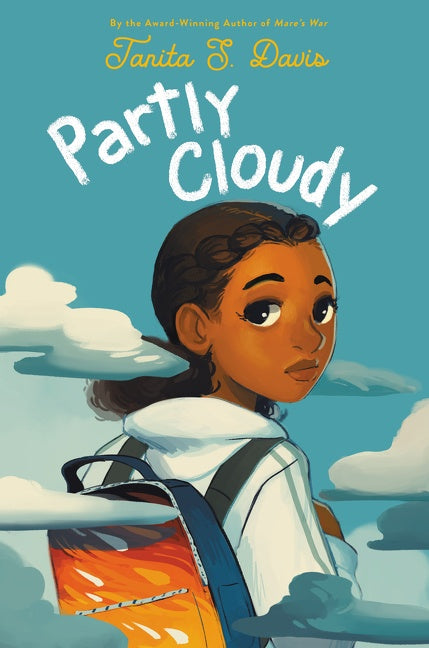craft review by Kristi Wright
I carry a strong belief (possibly a misbelief) that I’m a nicer, kinder person when I have chocolate every day. It turns out that whether this is true or not has nothing to do with the endorphins chocolate carries, nor the glucose buzz. People who think in metaphors may actually be sweeter if they have a certain amount of sweetness in their diet. No joke. I found this article about literal-minded vs. metaphorically-minded people to be particularly revealing.
Through metaphor, a writer can catapult their readers to higher levels of emotion and understanding through vivid imagery. Metaphorical language activates the imagination, especially for those readers who naturally think in metaphors. As writers, we all use metaphors to a certain extent. My verb choice “catapult” above was a tiny example. But I would argue that the extended metaphor is the “holy grail” of metaphors, because it brings cohesion and elegance to your storytelling.
An extended metaphor is one that lasts not just in one line of a story, but across many lines, or chapters, or even the full novel.

In Tanita S. Davis’s middle grade novel, Partly Cloudy, the extended metaphor of weather, used to illuminate emotions, stretches across the entire story, including the actual title. Let’s look at how Davis utilizes weather, and especially, the nuanced “partly cloudy” term as an extended metaphor.
START SIMPLE
Fortunately, weather is something people of all ages intuitively understand when it comes to a metaphor for someone’s emotional state. Sunshine is happy, rain is sad, and stormy weather is, well, stormy. Readers easily connect the dots between weather and emotions. That makes it a great extended metaphor for a middle grade novel.
Davis introduces her metaphor quickly and simply. In the first chapter, titled The Barometer Plunges, we learn via the weather that even though it’s the first day of summer, Madalyn Thomas (MC) has had such a terrible school year, she’s in a bad-weather mood:
It should have been raining.
There should have been thick, slate-colored clouds piled up against a pewter-colored sky. There should have been sharp, cold winds whistling and silver-bright stabs of lightning.
Instead, it was a bright, sunny June-in-California morning, and Madalyn Thomas was cranky. (1)
Davis juxtaposes Madalyn’s mood against the current weather, putting them in direct conflict.
LET YOUR CHARACTERS IN ON THE METAPHOR
In Partly Cloudy, we discover on page 3 that Madalyn’s mom loves an excellent weather metaphor and she’s not afraid to use it:
“Skies are clearing, though. Your dad and I have a plan.”
Great. Madalyn rolled her eyes. She knew all about Mom and her weather metaphors. (3)
With this setup, Madalyn and her mom can use all the weather-related metaphors they like. Madalyn can even communicate with her mom (and the reader) using weather metaphors.
ADD NUANCE
Now that Davis has grounded the readers in a relatively simple metaphor, she can dig deeper into a more nuanced idea–not sunny, not cloudy, but partly both. This is the heart of the story. Life isn’t always sunshine-y and it’s not always miserably cold and wet either. It’s often something in between. And you can look at life or a particular slice of life as partly cloudy or you can look at it as partly sunny. It’s your choice.
Madalyn has been struggling with an on-again, off-again friend who is borderline racist. When she talks to her mom about it, her mom wants to know what she is going to do to make things work with the girl, and Madalyn’s trying to make her mom understand that there’s nothing to do about it. She reminds her of her favorite weather lady on TV:
“She said this weird thing when it might rain, but it might not… um, variable clouds? Scattered sunny? Partly cloudy? Something completely random like that, when she could have just said, ‘Duh, there are clouds practically on your head, it’s gonna rain.’”
Mom looked amused but mystified. “So, Natalie’s like clouds on your head?”
Madalyn rolled her eyes. “No! But she might as well be. She’s just like…only a variable friend. Sometimes she’s fine. The rest of the time, she’s partly cloudy or whatever, and I can’t figure her out.”
Mom was nodding, looking proud of Madalyn’s weather metaphor. “I like that, babe. But, you know, you could look at it from another direction… What if you thought of Natalie as partly sunny? Most of the time with most people, there’s a chance of things going either way, toward clouds or toward sun.” (166)
Madalyn and her mom are able to have an incredibly nuanced conversation about friendship by exploring this idea of what it means to be partly cloudy.
NOTE: Though Davis sprinkles a variety of weather metaphors throughout the novel to spotlight emotional moments for the reader, she’s careful not to overuse her most important one: partly cloudy. That one, she only uses in the title of the book and then again here on page 166 when she lets Maralyn use that idea to communicate with her mom about her friend.
TIE TO THEME
With Partly Cloudy the metaphor ties very strongly to the theme that something can be both good and bad at the same time. That you can still find the sunshine even when the sky is partly cloudy. At the end, Madalyn shows how much she’s grown by thinking:
She’d learned she could live in a new place and get to know new family and survive, even if she did get homesick. She’d made new friends, almost lost a friend, and worked out how to be a better kind of friend. Sometimes things weren’t all the way sunny, and pretty soon there would be other kinds of weather on the way–life was always going to be like that–but at least Madalyn had learned that she could deal with a few clouds, too. (227)

BONUS POINTS: CLEVER CHAPTER NAMES
Here are just a few of Davis’s clever chapter names: The Barometer Plunges, Gray Cloud Number Four, Low Pressure Trough, Lazy Winds. Each time, the chapter names have significance when it comes to the emotions and events in the actual chapter. In my opinion, word play is almost always a fun addition, especially when it’s beautifully reinforcing an extended metaphor.
Now it’s your turn:
- Choose imagery that can be seen multiple ways and is easy for anyone to visualize and understand.
- Find an opportunity for your main character, possibly other characters too, to be aware of the metaphor.
- Touch on your metaphor at least a few times throughout your story, but don’t irritate your readers with overuse. Try for different views and nuance. And of course, clever wordplay never hurts.
- Make sure the metaphor ties into your most important theme(s) somehow. If it doesn’t, it might not be the right extended metaphor. Or, maybe you haven’t yet figured out what your true theme is.
For more on metaphor, here’s one that touches on the topic in reference to Marilyn Hilton’s novel in verse, Full Cicada Moon. And here’s a side-writing post on writing for emotional power.
Kristi Wright (co-editor) writes picture books and middle grade novels. Her goal as a writer is to give children a sense of wonder, a hopefulness about humanity, and a belief in their future. She is represented by Kurestin Armada at Root Literary. She is an active volunteer for SCBWI and a 12 X 12 member. Find her at www.kristiwrightauthor.com and on Twitter @KristiWrite.


COMMENTs:
0